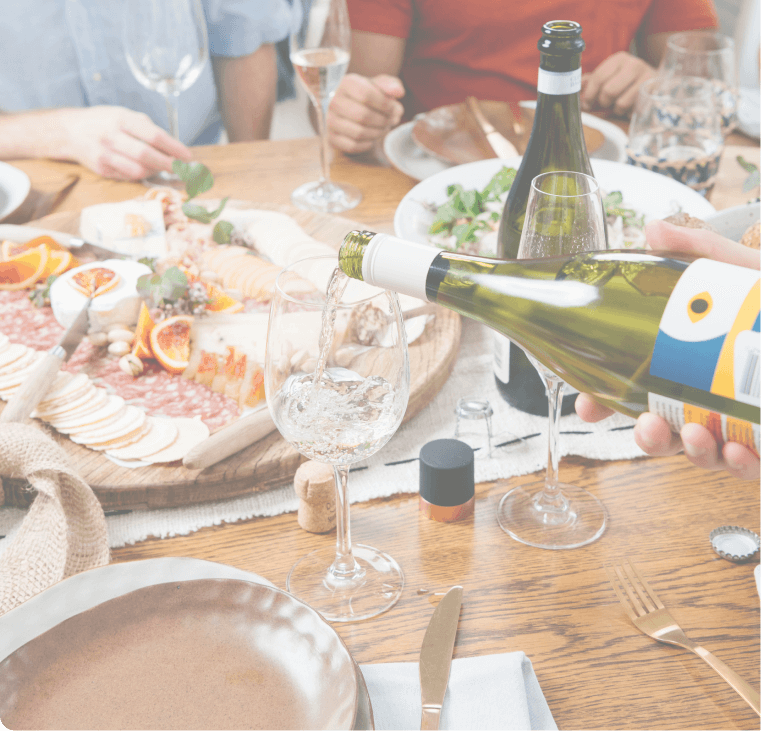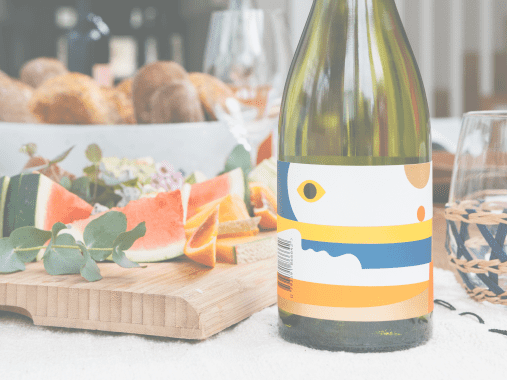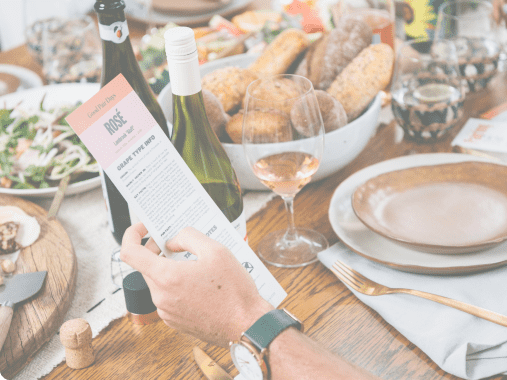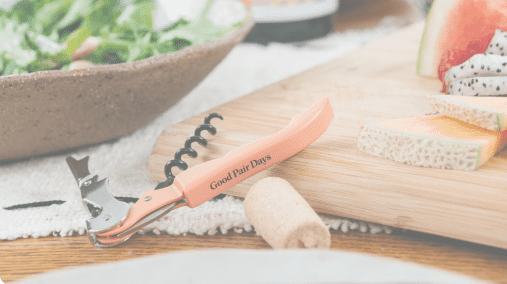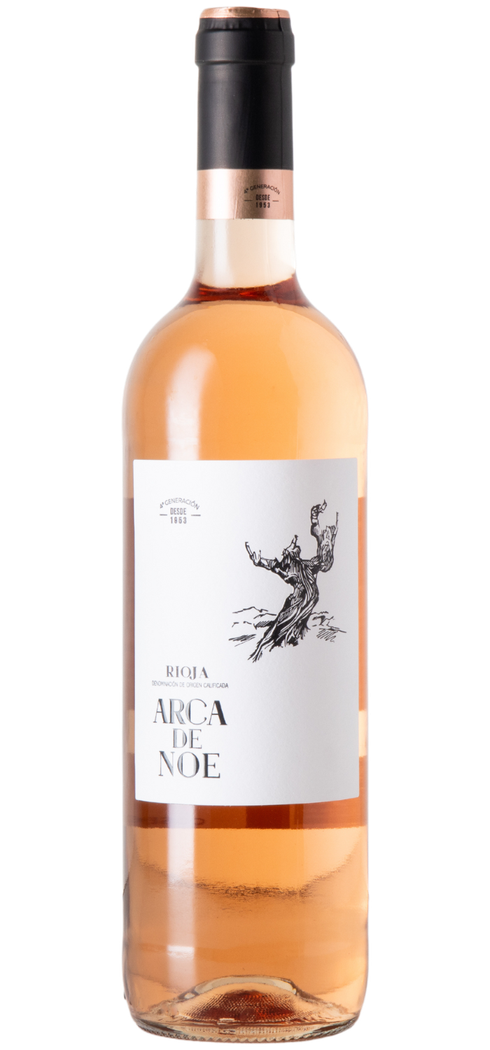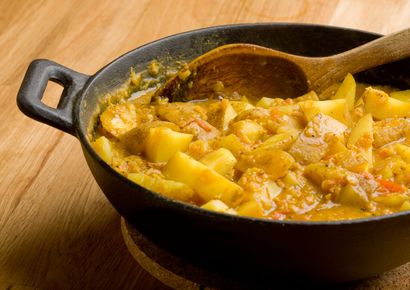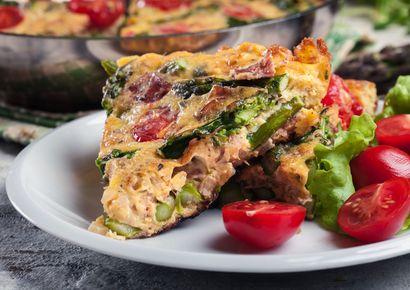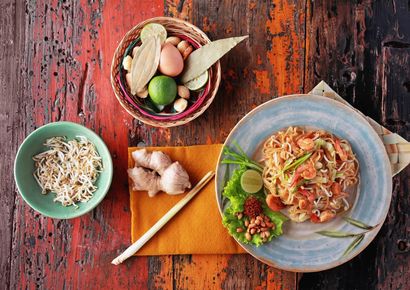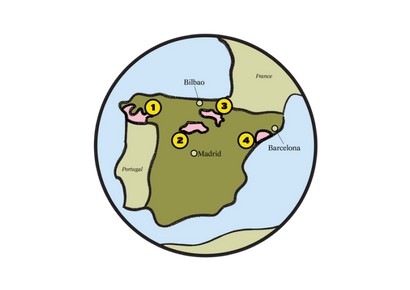Bodega El Arca de Noe Rosé 2023
Primary flavours

Berries

Candied Peach

Cherry

Cinnamon

Clay
Details
This Rosé captures the Spanish summer sun - it glows with red fruit from Tempranillo and has bright, sweet raspberry flavours from the get go. Don't be fooled though, this is dry and refreshing. The fruit flavour bursts from the glass but finishes with clean acidity and juicy fruits.
Origin: The spiritual home of rosé is Provence, in Southern France. Mainly Grown In: Rosé is found all over the world these days, but coastal regions are especially well suited to the growing of red grapes for rosé. Key Facts: Rosé is predominantly made from red grape varieties. The colour in wine is actually from pigments found in the skins of the grapes, so even red grapes have clear-coloured juice. The colour is then ‘bled’ out of the skins by infusing the skins into the juice. So for rosé, the wine simply spends far less time hanging out with the skins! Rarely you will find a rosé that is a combo of white and red grapes – they’re not ‘less good’, just less common. Rosé is super versatile – it suits any occasion. Best to always have a bottle in the fridge, just in case, you know… Wednesday happens or something. Fun Fact: Other words with an é in them: Beyoncé, Pokémon, Crème brûlée. Yep - rosé is in good company!
Origin: The spiritual home of rosé is Provence, in Southern France. Mainly Grown In: Rosé is found all over the world these days, but coastal regions are especially well suited to the growing of red grapes for rosé. Key Facts: Rosé is predominantly made from red grape varieties. The colour in wine is actually from pigments found in the skins of the grapes, so even red grapes have clear-coloured juice. The colour is then ‘bled’ out of the skins by infusing the skins into the juice. So for rosé, the wine simply spends far less time hanging out with the skins! Rarely you will find a rosé that is a combo of white and red grapes – they’re not ‘less good’, just less common. Rosé is super versatile – it suits any occasion. Best to always have a bottle in the fridge, just in case, you know… Wednesday happens or something. Fun Fact: Other words with an é in them: Beyoncé, Pokémon, Crème brûlée. Yep - rosé is in good company!
Read more
Taste Profile
This wine’s tasting notes.
Sweetness

lowmediumhigh
Body

lightmediumfull
Fruitiness

nonesomelots
Tannins

lowmediumhigh
Acidity

lowmediumhigh
Oak

nonesomelots
Alcohol

low
(under 12%)medium
(12-14%)high
(14%+)
Taste Summary
This wine’s tasting notes are leaning towards medium bodied, low sweetness, with medium acidity, very fruity, low tannins, medium alcohol and no oak.
Specs
Region
Rioja
country
Spain
Grape type
Rosé
Wine Maker
Bodegas Arca de Noe
Alcohol
13%
Vintage
2023
Cellar period
1-3 years
Production method
Vegan
Temperature
Cold 5°C-8°C
Pairing guide
Ask any dedicated rosé lover what their idea of heaven is, and the answer would probably be a cool glass of something pink accompanied by a big platter of delicious tidbits. Hard to disagree, isn’t it? This lovely rosé from Arca de Noe is a great example of what the Tempranillo grape was born to do. Pair it up with quiches, sandwiches, salumi or antipasto. It's a winner at the beach, a picnic or just on a Thursday evening!
Read more
Food

Pizza

Antipasto

Hot & Spicy
Tastes

Crisp
Moods

Bored

Always A Winner
Seasons

Summer
Recipe Matches
Wine region

Rioja, Spain
Rioja (riˈouhɑ) is one of Spain’s most well-known wine regions, located in the north of Spain. The region has a long history of making wine that dates back to the period of the Roman Empire. The climate is typically Mediterranean with hot summers and cool winters which suits the varieties of Rioja; Tempranillo, Garnacha and Graciano. Graciano almost became extinct due to the effects of phylloxera in the late 1800s however, luckily, the variety is back in full swing. There are three main classifications of wine according to their ageing process- Crianza, Reserve and Gran Reserva.
Read more

